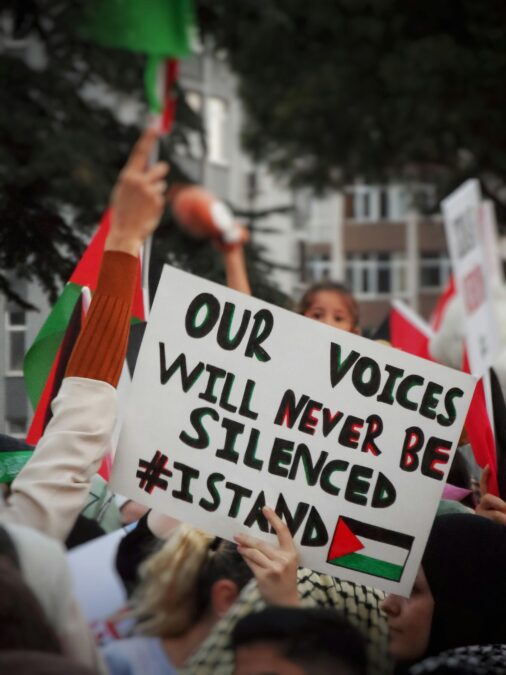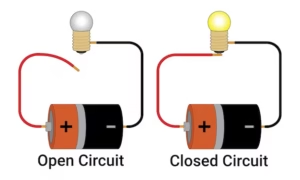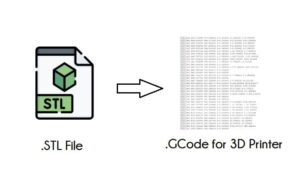The conflict in Palestine has been one of the most enduring and complex geopolitical struggles in modern history. For decades, the people of Palestine have faced continuous challenges, from military occupation to humanitarian crises, while the international community remains divided on how to resolve the issue. In this article, we’ll explore the current situation of Palestine, the roots of the conflict, the humanitarian impact, and what lies ahead.
Historical Context
The Roots of the Conflict
To understand the current situation in Palestine, we must first delve into the historical context. The roots of the Israeli-Palestinian conflict stretch back to the early 20th century, when tensions began between Jewish and Arab populations in the region. With the decline of the Ottoman Empire and the rise of Zionist movements seeking to establish a Jewish homeland, the seeds of conflict were planted.
Impact of the 1948 Nakba
The year 1948 marks a pivotal point in Palestinian history. Known as “Al-Nakba” or “The Catastrophe” by Palestinians, this event saw hundreds of thousands of Palestinians displaced from their homes as the state of Israel was established. The ongoing dispute over land and the right of return for refugees has remained a central issue ever since.
Current Geopolitical Landscape
The Israeli-Palestinian Conflict Today
The situation in Palestine today remains tense and volatile. The Israeli government controls much of the land, while Palestinians are confined to small, fragmented areas such as the Gaza Strip and parts of the West Bank. The reality on the ground is one of occupation, with Israeli military presence and settlements expanding into Palestinian territories, creating a constant source of friction.
Gaza Strip and West Bank: Areas of Crisis
The Gaza Strip, home to about 2 million Palestinians, is one of the most densely populated areas in the world and has been under a blockade by Israel since 2007. This has led to severe shortages of food, water, medical supplies, and electricity. In the West Bank, Israeli settlements continue to grow, displacing Palestinian families and intensifying the struggle over land.
Jerusalem’s Contested Status
Jerusalem, a city sacred to Jews, Christians, and Muslims, remains a focal point of the conflict. Israel claims the city as its capital, while Palestinians see East Jerusalem as the capital of a future Palestinian state. The status of Jerusalem is one of the most contentious issues in peace negotiations.
International Involvement and Reactions
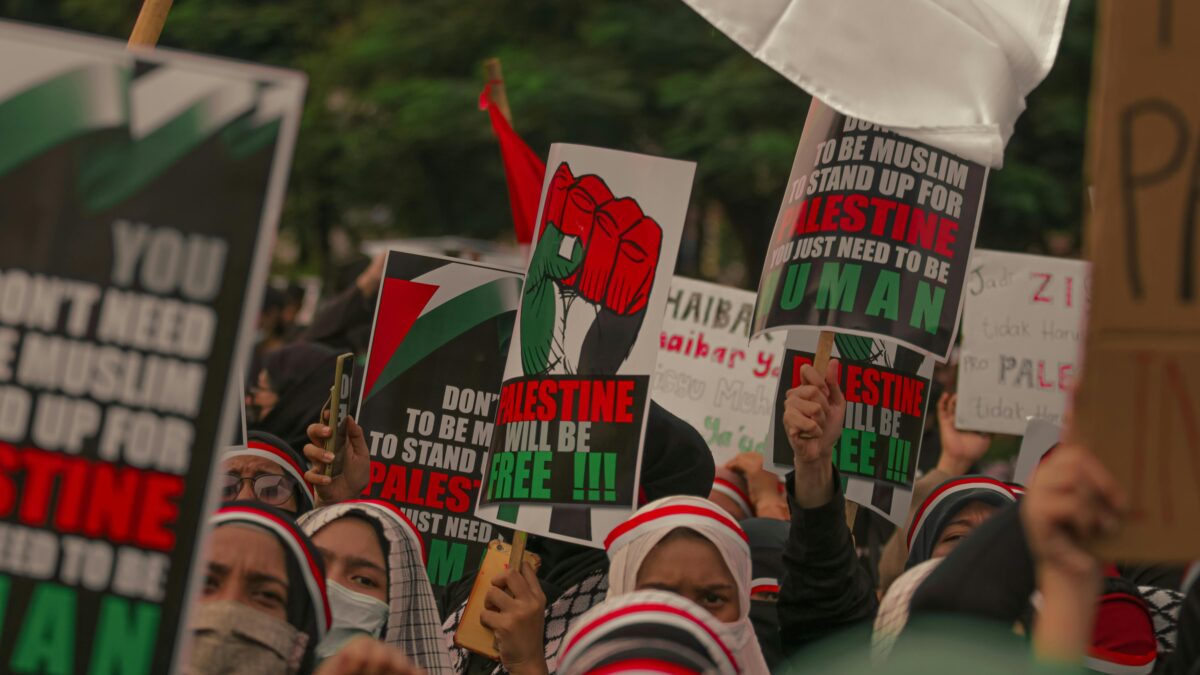
Internationally, the situation in Palestine has garnered widespread attention, and many countries are deeply involved in diplomatic efforts, though with differing perspectives.
Role of the United Nations
The United Nations has long played a role in mediating the Israeli-Palestinian conflict. Resolutions like UN Resolution 242 call for Israel to withdraw from occupied territories and for the recognition of both states. However, achieving consensus remains elusive.
U.S. Foreign Policy Towards Palestine
The U.S. has historically been a key player in the region, offering strong support to Israel. In recent years, however, there have been shifts in U.S. policy, with some administrations advocating for a two-state solution while others have been more supportive of Israeli actions in the region.
Humanitarian Impact
Living Conditions in Gaza and West Bank
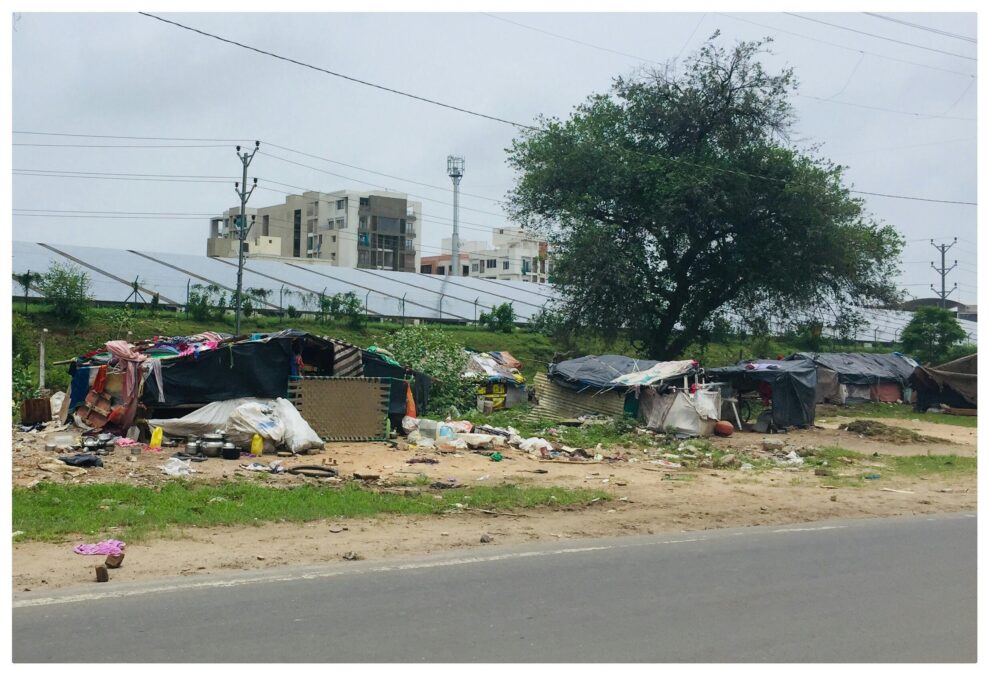
Living conditions for Palestinians are dire, particularly in Gaza, where the blockade has caused widespread poverty, unemployment, and lack of basic services. In the West Bank, movement is heavily restricted due to checkpoints, which impacts Palestinians’ ability to work, seek medical care, or pursue education.
Impact on Children and Future Generations
Children, who make up a significant portion of the Palestinian population, are particularly affected. Many grow up amid violence and instability, with limited access to education, healthcare, and a normal childhood. The psychological impact of living under occupation and conflict cannot be overstated.
Access to Basic Resources
Access to clean water, healthcare, and education remains a constant struggle for many Palestinians. The Gaza Strip, in particular, suffers from severe water shortages, as over 95% of its water supply is undrinkable. Hospitals are understaffed and under-resourced, making it difficult to provide adequate care.
Efforts Toward Peace and Obstacles
Peace Agreements and Failures
There have been numerous attempts at brokering peace between Israelis and Palestinians, with agreements like the Oslo Accords showing promise in the 1990s. However, these efforts have repeatedly faltered due to lack of trust, violence on both sides, and differing visions for the future.
Key Obstacles to Peace
The key obstacles to peace include the expansion of Israeli settlements, the status of refugees, the borders of a potential Palestinian state, and the status of Jerusalem. The power dynamics in negotiations often leave Palestinians feeling marginalized, further complicating peace efforts.
Public Opinion and Media Representation
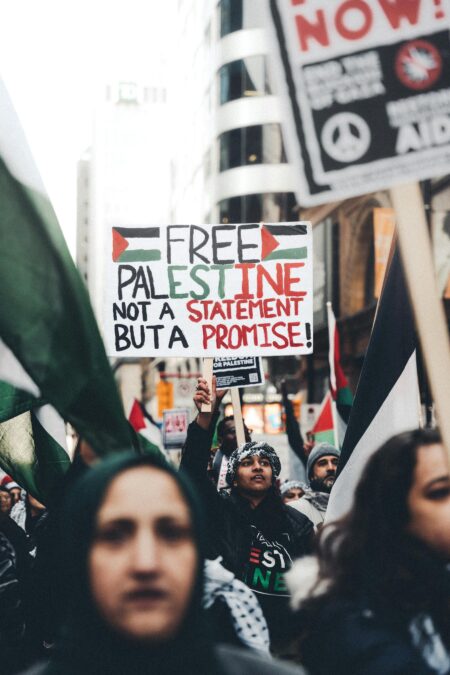
Media’s Role in Shaping Global Perceptions
The media plays a powerful role in shaping global perceptions of the conflict. Coverage often varies depending on the outlet and region, with some focusing on the humanitarian impact in Palestine while others highlight Israel’s security concerns. The narrative can sway public opinion and influence international policy.
Voices from the Ground
Listening to the voices of Palestinians living through the conflict offers a deeply personal perspective. Many share stories of loss, hope, and resilience, painting a picture of daily life that is often absent from global media coverage.
Future Prospects for Palestine
What Needs to Change for Lasting Peace
For lasting peace, several key issues must be addressed, including the recognition of Palestinian sovereignty, the cessation of settlement expansion, and a fair resolution for refugees. Both sides will need to make significant compromises, but without international pressure, these changes are unlikely to happen.
Challenges Ahead
The challenges ahead are vast. Political instability, regional influences, and deep-seated mistrust between Israelis and Palestinians mean that peace remains elusive. However, there are glimmers of hope in grassroots movements and initiatives that aim to bridge the divide and foster understanding.
Conclusion
The current situation in Palestine remains a humanitarian crisis, compounded by decades of conflict and political deadlock. Despite the immense challenges, the hope for peace endures among those who believe in a just resolution for both Israelis and Palestinians. The path forward requires international cooperation, local action, and a genuine commitment to change from all parties involved.







